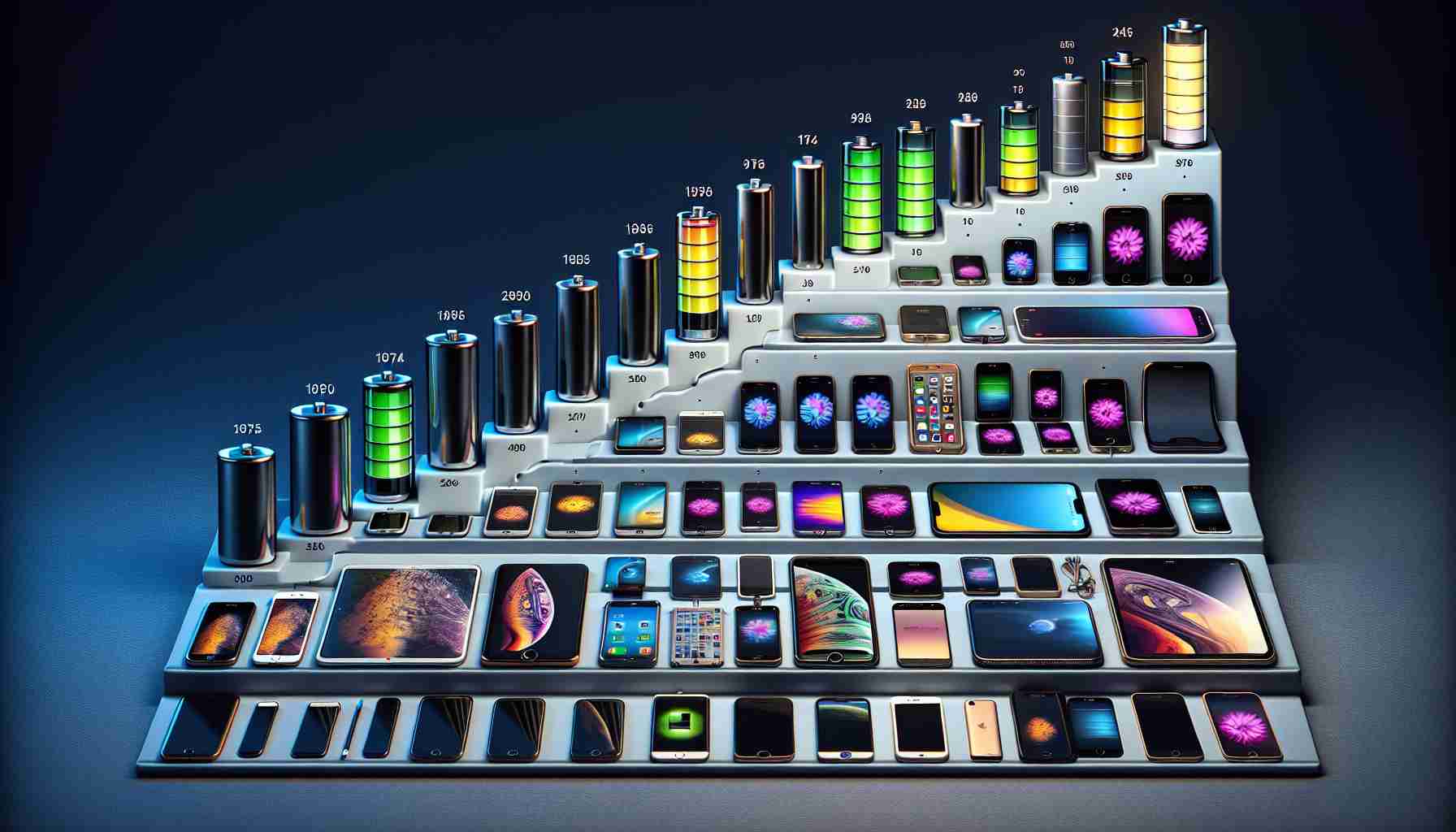Smartphones Are Here for the Long Haul
Smartphone users can breathe a sigh of relief as industry leaders declare an extended lifespan for their devices. Recognized brands such as Google and Samsung have taken major steps to prolong the software support timeline for their flagships, extending the lifespan to a remarkable seven years. Initially viewed with skepticism, this promise of longevity is now a commitment, marking a significant shift from the previous standard of three years.
Google Sets a New Precedent
This groundbreaking change first caught attention with Google’s declaration of a seven-year software update guarantee for their Pixel 8 smartphone, priced aptly for a quality device. Not to be outdone, Samsung followed suit for its premium Galaxy S24 model. The motivating factor behind these changes is to enhance the lifecycle of these phones, allowing consumers to keep their existing devices operational for longer periods.
Industry Shift Reflects Consumer Demand
The previous trend of biennial upgrades is vanishing as consumers now prefer phones that can stand the test of time. This shift is partly fueled by the plateau in significant advancements, prompting major companies, including the kingpins of Android smartphones – Samsung and Google – to toe the line with Apple, which has traditionally offered extensive support for its iPhones.
Software Support Meets Environmental Responsibility
The push for more sustainable consumer electronics has also influenced this new direction. With regulators like the Federal Trade Commission emphasizing the need for repairability and maintenance, and states enacting legislation to support the right to repair, tech companies are responding by investing in the longevity of their devices. This new expected standard of seven years of support not just enhances customer confidence but also serves as a boon for environmental stewardship.
Maximizing Phone Lifespan: Beyond Software Updates
Software updates undoubtedly play a pivotal role in maintaining smartphone performance, but there are additional measures to ensure endurance. Experts recommend changing the phone’s battery every couple of years, despite the complexity of the task. For Pixel and Galaxy devices, manufacturer support or verified repair shops can be sought, whereas Apple offers a more direct, though sometimes inefficient, service through its stores.
Protection Equals Persistence
To truly make a device last the promised seven years, protecting it against physical damage is essential. Investing in quality casing and potentially a screen protector (despite the slight image distortion it may bring) can safeguard your investment, ensuring your smartphone remains not just functional, but in prime condition as well.
Important Questions and Answers:
1. Why are smartphone brands extending the lifespan of their devices?
Smartphone brands are extending the lifespan to meet consumer demand for more durable devices, to reduce electronic waste, and to adapt to the plateau in major technological advancements. With longer software support, consumers can enjoy current software features and security measures for an extended period.
2. What challenges are associated with extended smartphone support?
One key challenge is ensuring the hardware components can last as long as the promised software support. Another is the economic impact on the companies, as extended support might lead to reduced frequency in consumer purchases of new devices.
3. Are there any controversies surrounding extended smartphone support?
The right to repair movement has brought scrutiny to manufacturers’ repair policies and their impact on device longevity. Additionally, there is a tension between the push for sustainability and the business model that relies on frequent device turnover.
Advantages and Disadvantages:
Advantages:
– Environmental Impact: A longer lifespan reduces electronic waste and promotes environmental sustainability.
– Cost Savings: Consumers can save money in the long term by not having to purchase new phones as often.
– Consistent Performance: Extended software updates ensure the device remains secure and operates smoothly for a longer time.
Disadvantages:
– Hardware Concerns: The physical aspects of the smartphone, such as the battery and display, may not last as long as the software support, leading to potential extra costs or the need for repairs.
– Economic Impact: The longer lifespan could potentially impact sales for the companies if consumers delay upgrading to newer models.
For more information about the technology industry and news, please check out the following links:
– Google
– Samsung
– Apple
Please note that these links point to the main websites of major brands mentioned in the article, and specific pages related to their support policies or environmental initiatives may provide additional details and context.
